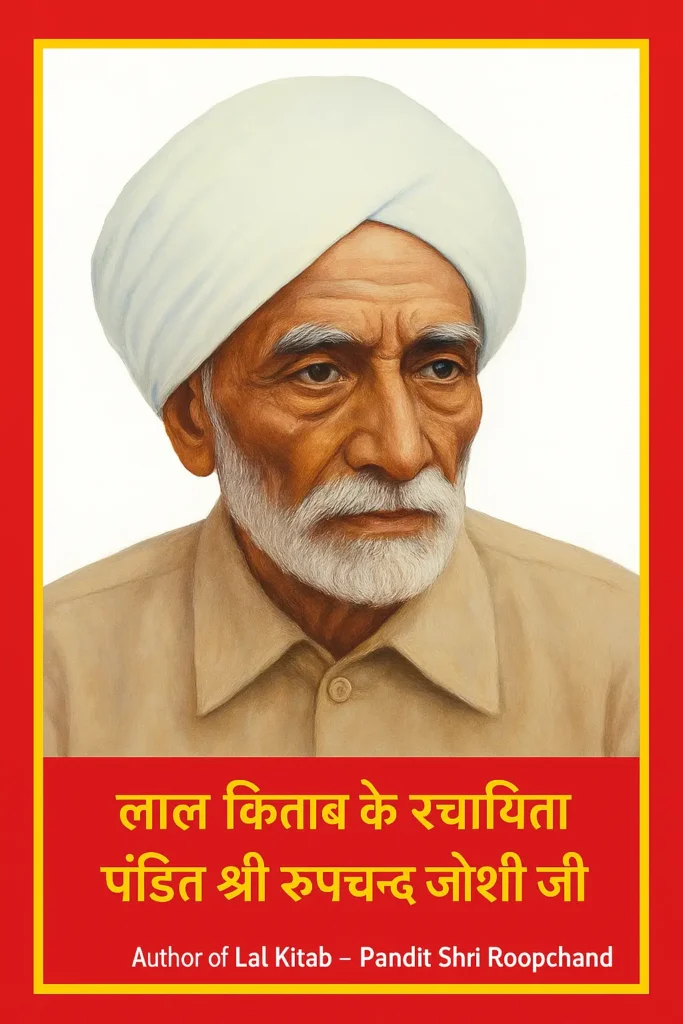
When people talk about astrology in India, the names of classical texts like Brihat Parashara Hora Shastra or Jataka Parijata usually come up. But there is one unique branch of astrology that stands apart from the rest—Lal Kitab. Known as the “Red Book” of astrology, Lal Kitab is not just about reading horoscopes; it is a fascinating blend of Vedic astrology and practical remedies that everyday people can apply in their lives.
Lal Kitab was written between 1939 and 1952 in Urdu, and the text was later translated into Hindi and other Indian languages. Unlike other astrological scriptures, it does not follow the heavy use of Sanskrit verses or complex calculations. Instead, it presents astrology in simple, practical language that even a layperson can understand. This makes it one of the most approachable forms of astrology.
The book is believed to have been authored by Pandit Roop Chand Joshi of Punjab, although some believe its origins are much older and connected with Persian traditions. What makes Lal Kitab remarkable is the way it connects planetary positions with daily life and provides remedies that are easy to follow without expensive rituals.
Even today, Lal Kitab is widely practiced by astrologers and followed by millions of people. In an era where life has become fast-paced, its remedies provide comfort and hope without demanding too much time or resources. Whether it is removing obstacles in career, improving family harmony, or seeking peace of mind, Lal Kitab offers simple solutions.
Lal Kitab is more than just an astrological text; it is a guide to balancing life through self-awareness and practical remedies. Its wisdom lies in simplicity, and its remedies reflect the idea that small, thoughtful actions can change the course of one’s destiny.